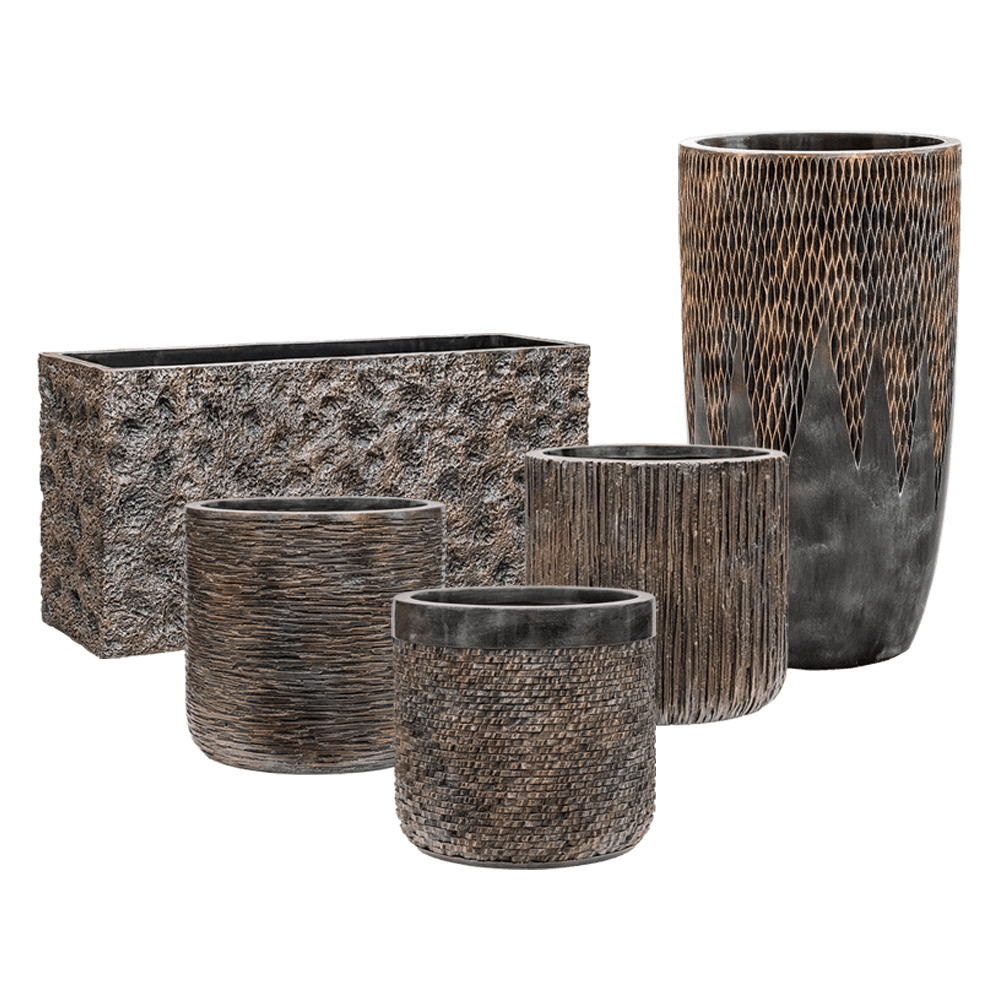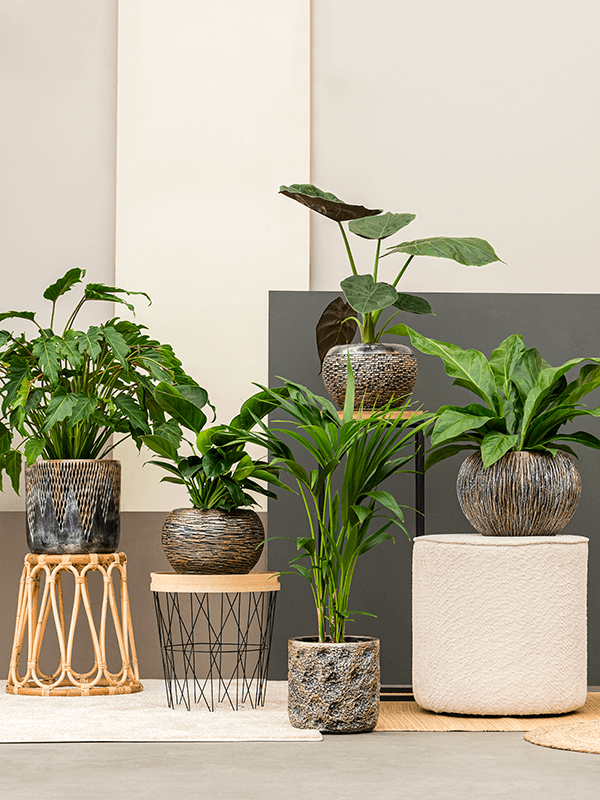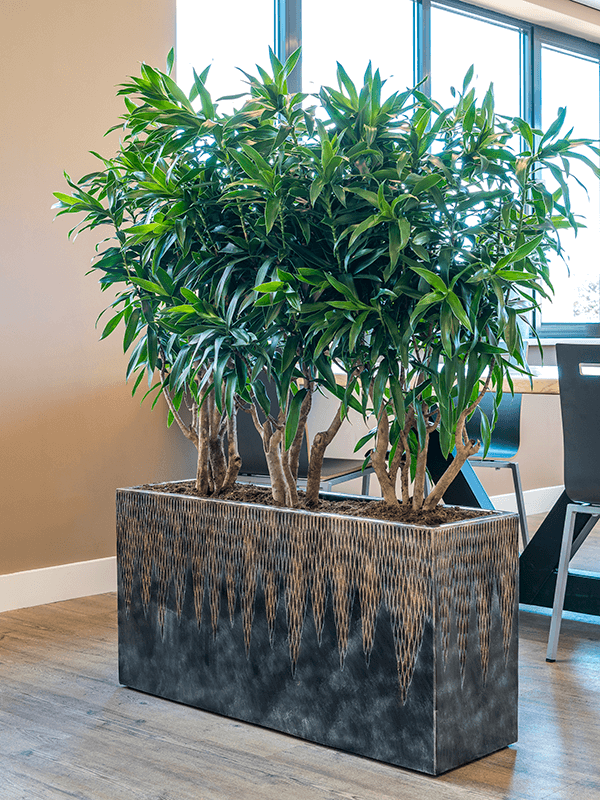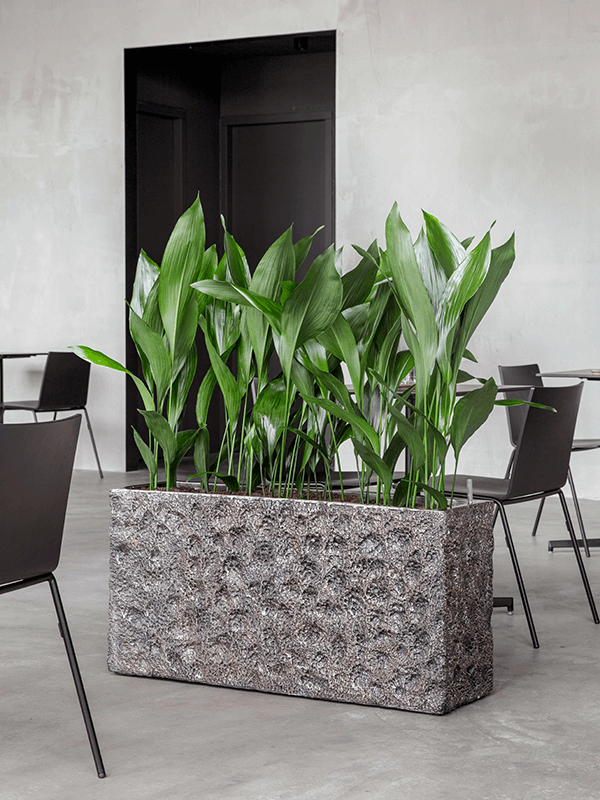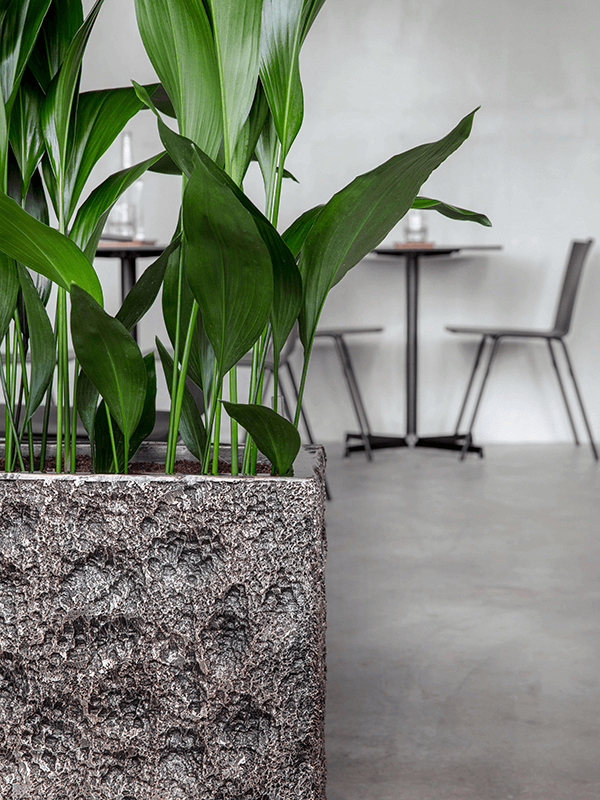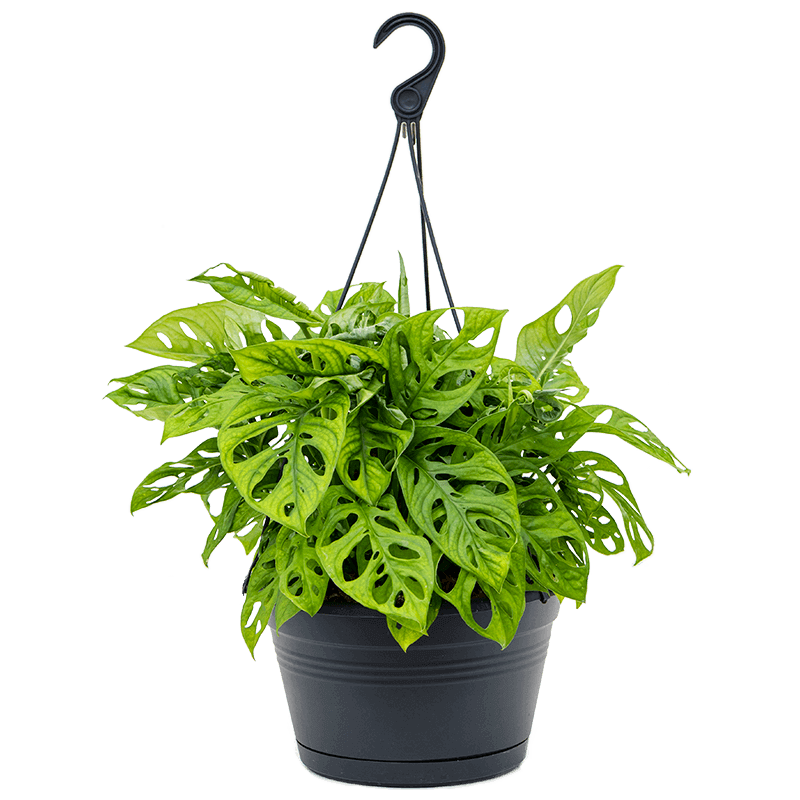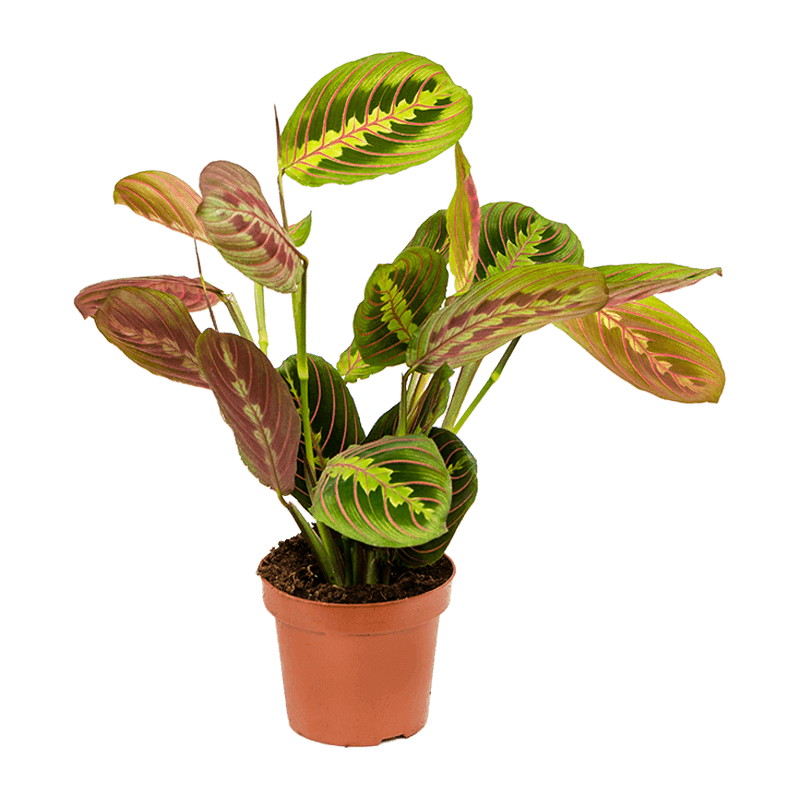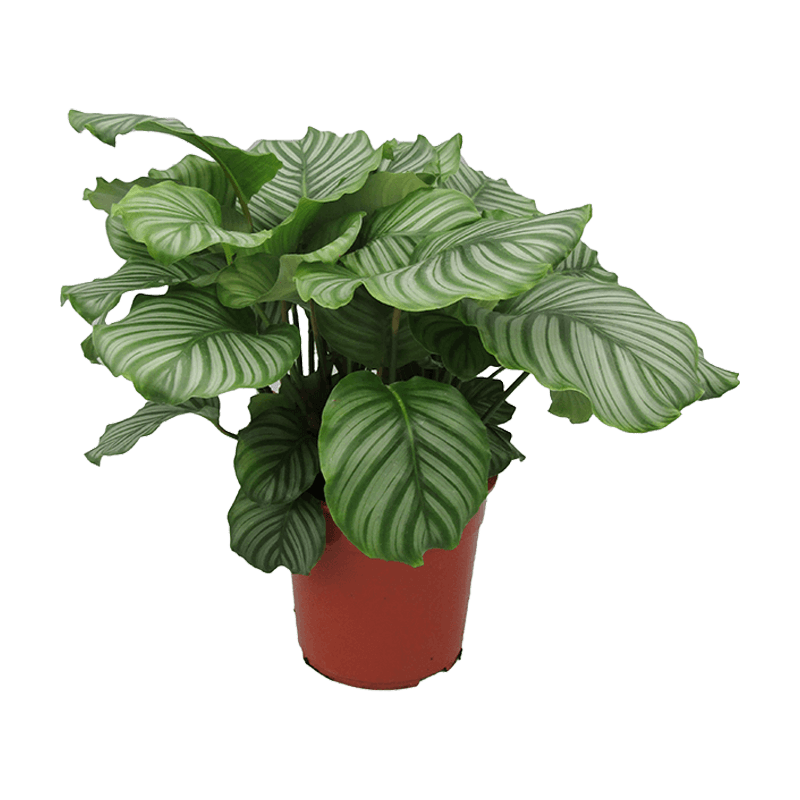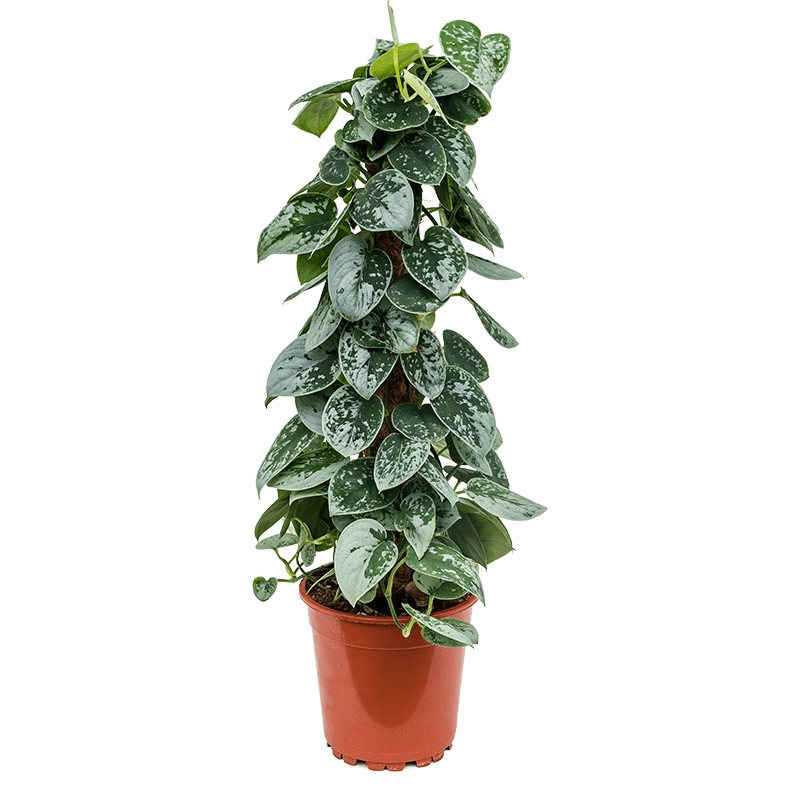how to care for alocasia
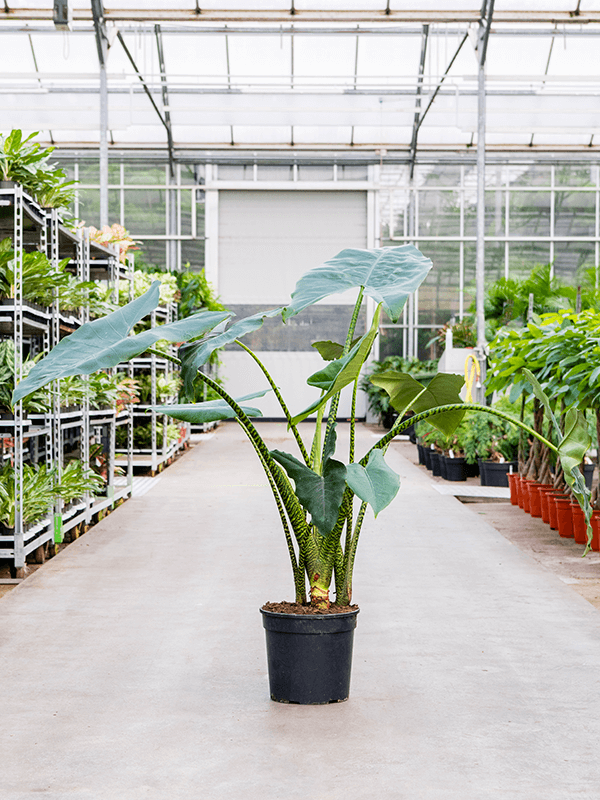
quick care guide alocasia polly
 |
Once a week in summer; once every two weeks in winter |
 |
Does best with bright, indirect light but can also handle medium light |
 |
Fertilize every week during growing season |
 |
Toxic to pets – keep out of reach |
 |
Strong air purifier |
Slightly easier than other Alocasia varieties, the Alocasia Polly grows best with bright, indirect light in a loose, fertile potting mix with excellent drainage. Water her when the top 2.5 cm of soil is dry and mist the large leaves to increase humidity. Keep temperatures between 18°C – 27°C and fertilize every 1 or 2 weeks during the growing season.
detailed care guide for alocasia polly
Scientific Name: Alocasia Amazonica ‘Polly’ (also known as Alocasia Polly, African Mask Plant, Elephant Ear Plant) Origin: Hybrid plant, parents are originally from southeast Asia Light: Bright, indirect light. Avoid excessive direct sunlight. Water: Maintain evenly moist but not soggy soil during the growing season, watering when the surface begins to dry. Reduce watering significantly in winter. Soil: Lightweight, well-draining potting mix. Temperature: The Alocasia Polly performs best with indoor temperatures ranging between 18°C – 27°C Fertilizer: Fertilize every 1 – 2 weeks during the growing season with a light fertilizer. Dilute to half strength, particularly in spring and autumn. There is no need to fertilize during the winter. Flush the potting mix every 2-3 months. Humidity: Alocasia originate from South East Asia, meaning high humidity is mandatory for quality growth. Mist both sides of the leaves once a week in summer and twice in winter; browning leaf-tips are a big sign that the surrounding air moisture is too low. Moderate to high humidity levels are required, ideally greater than 50% humidity. Pruning: Remove yellowed or dying leaves and plant debris to encourage better growth and all-round growing conditions. When removing dying flowers or leaves, use clean scissors or shears to reduce the chance of bacterial and fungal diseases, and remember to make clean incisions as too much damage can shock the plant. Re-Potting: Depending on how robustly it is growing, you might not have to repot for several years, if for no other reason than to refresh the soil. It is best to do the repotting when the plant begins its active growth in spring. Propagation: The plant may produce pups that can be separated from the main plant or can be propagated by dividing the rhizome when repotting in springtime. Diseases and Pests: When given proper care and grown in preferred conditions, Alocasia Amazonica is not plagued by any major disease problems. The biggest threat is root rot due to overly wet conditions. Although Alocasia Amazonica requires soil that is consistently moist for healthy growth that doesn’t mean it will tolerate prolonged periods of wet feet due to soggy soil. Toxicity: Toxic to pets and humans if ingested. Members of the Araceae family typically contain poisonous calcium oxalate crystals, with Alocasia being no exception. Other members of this family include Philodendron, Zamioculcas (ZZ Plants) and Spathiphyllum (Peace Lilies). If eaten, vomiting, nausea with a loss of appetite could occur and consumption of large quantities must be dealt with quickly.alocasia polly origins & overview
The Alocasia Polly is a compact cultivar of the Alocasia Amazonica tropical plant. It’s thought that Alocasia Polly is a hybrid of two species — Alocasia watsoniana and Alocasia sanderiana. Alocasia Polly is prized for its spectacular glossy arrowhead leaves with large protruding silvery-green or white veins. The plants grow up to 0.6 m tall with a similar-sized spread. The Alocasia ‘Polly’ has spreading rhizome roots that make the plant easy to propagate.alocasia polly light requirements
Alocasia Amazonica Polly needs plenty of bright indirect light to thrive indoors. It’s crucial to protect the Polly plant from direct sunlight to prevent scorching the leaves. Also, avoid putting Alocasia ‘Polly’ plants in dark rooms or constant shade. The growth will slow, and you’ll lose the vibrant leaf colors. The best location to grow Alocasia Polly plants is near a bright window. But if the window faces south or west, it’s best to protect the tropical plant behind a sheer curtain.
how to water the alocasia polly
You should water an Alocasia ‘Polly’ plant often enough to keep the plant roots slightly moist. The best watering method is to water often with little amounts of water. Before watering, always ensure the top 2.5 cm of soil is dry before watering. The watering frequency depends on how fast the top layer of soil dries. Letting the soil dry before watering ensures that you never overwater your houseplants. Watering too often causes the roots to rot, which will eventually kill the Alocasia plant. If you don’t water enough, the roots will not get enough moisture, and the plant will wilt. Most houseplants thrive when you drench the soil between watering. However, with Alocasia plants, that could risk causing root rot. So, provide enough water to reach to the roots and only water when the soil partially dries.repotting the alocasia polly
Unless you received your Alocasia Amazonica in a very small pot, you won’t have to worry about repotting it until it totally outgrows its present container and the roots are growing out of it. Depending on how robustly it is growing, you might not have to repot for several years, if for no other reason than to refresh the soil. It is best to do the repotting when the plant begins its active growth in spring. When it comes to repotting the Alocasia Amazonica, there are several important things to keep in mind. Only repot the plant into a container that is one size larger than the present one. Repotting into a container that is too large means there’s a good chance of the soil remaining soggy and too wet. Although the Alocasia Polly prefers growing in a moist medium, it doesn’t like to have soggy feet. Pots of any material work well provided they have a bottom drain hole. However, those made of a porous material like clay will have the soil drying out quicker than in pots made of plastic. Use a well-aerated and quick draining soil, as outlined in the soil section of the article. Don’t use soil that is heavy like a straight potting soil as it has a tendency to remain too wet, creating problems with rot.

Decorative pots are approx. 11 cm.

Plants have a diameter of 11 to 13 cm.
Decorative pots are approx. 14 cm.

Plants have a diameter of 14 to 16 cm.
Decorative pots are approx. 17 cm.

Plants have a diameter of 17 to 19 cm.
Decorative pots are approx. 20 cm.

Plants have a diameter of 20 to 24 cm.
Decorative pots are approx. 25 cm.
extra small |
Plants - 8 to 10 cm diameter Pots - 11 cm |
small |
Plants - 11 to 13 cm diameter Pots - 14 cm |
medium |
Plants - 14 to 16 cm diameter Pots - 17 cm |
large |
Plants - 17 to 19 cm diameter Pots - 20 cm |
extra large |
Plants - 20 to 24 cm diameter Pots - 25 cm |

